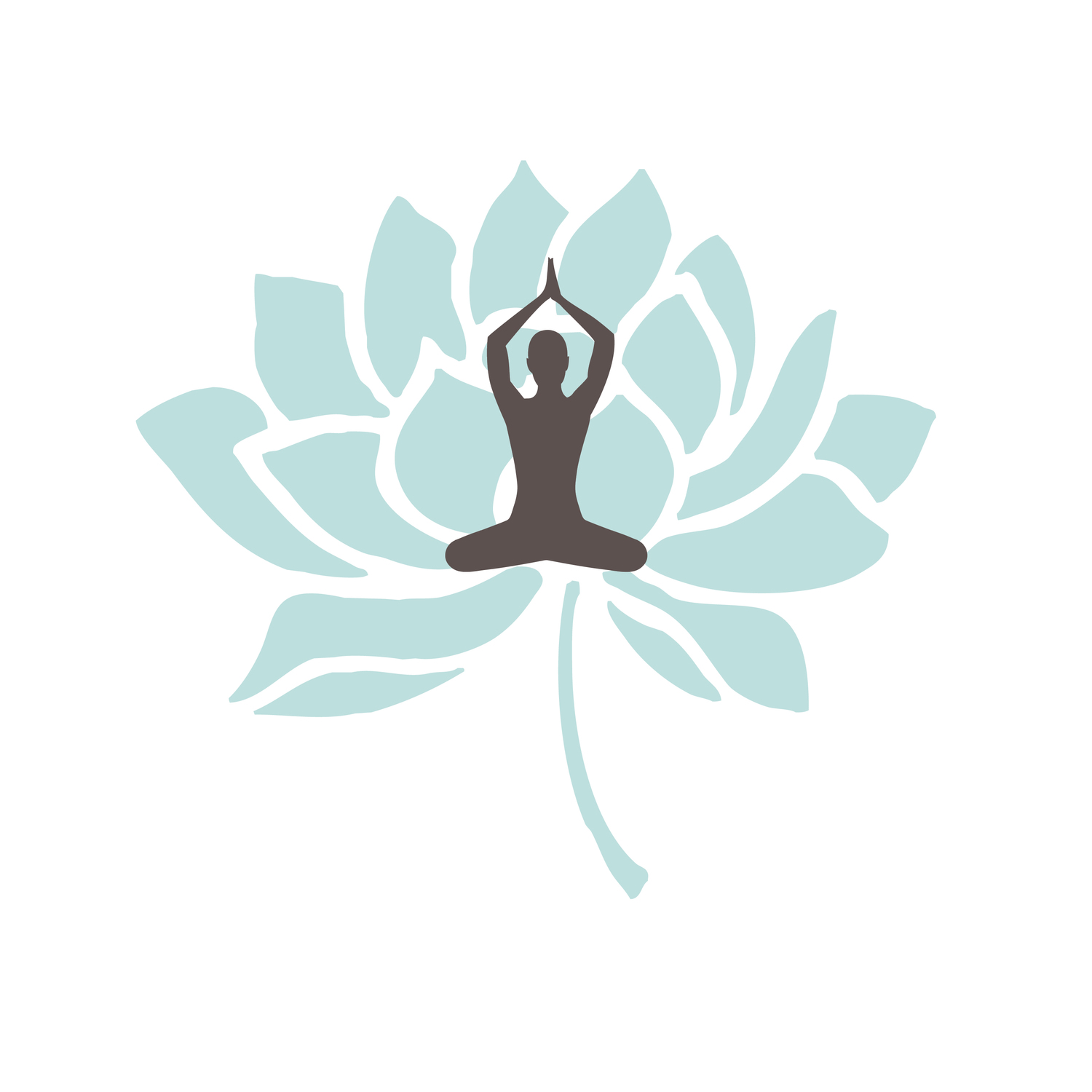Our final bit of advice in honor of the New Year and Decade is the present of presence, via our friend and Larry Dressler, our fellow Berrett-Koehler author who authored Standing in the Fire. He posted a blog about “holiday presence” that we found meaningful and useful as a guide to remembering the power of being present to the moment.
Staying present is essential to having authentic conversations. It helps us be both participants and observers as we engage others. The participant/observer skill will help you manage your own emotional reactions so they don’t get in the way of what you’re trying to accomplish, so that you can better observe the emotional reactions of others. If we can describe what we’re seeing in others — without judgment or defensiveness— we can help get those emotions expressed, which will allow the focus to remain on the content of the conversation.
Larry suggests keeping a talisman with five knots in your pocket, with each knot representing a question that will help you stay present. Adapting this technique to keep our intentions for authentic conversations at the forefront is easily done:
§ Who am I here for? (What is it I want to create in this moment, with this person?)
§ Why am I here? (How will this conversation serve the good of the whole business or enterprise in which we are engaged?)
§ What can I release from my grasp (e.g., an expectation, distractions, judgment, desire to “win”) that will put me into a stronger partnership with my reason for being here?
§ What would my wisest friend or teacher whisper in my ear at this moment? (Who are your role models for being authentic?)
§ Where in my body can I imagine compassion hiding, taking safe refuge, and reminding me of its ongoing presence? (How can I demonstrate goodwill, even if things are getting tense, or difficult?)
Reflecting on those questions before a conversation, or in the moments when the going gets a little difficult will give you the gift of “presence.” And don’t forget to breathe.
Staying present is essential to having authentic conversations. It helps us be both participants and observers as we engage others. The participant/observer skill will help you manage your own emotional reactions so they don’t get in the way of what you’re trying to accomplish, so that you can better observe the emotional reactions of others. If we can describe what we’re seeing in others — without judgment or defensiveness— we can help get those emotions expressed, which will allow the focus to remain on the content of the conversation.
Larry suggests keeping a talisman with five knots in your pocket, with each knot representing a question that will help you stay present. Adapting this technique to keep our intentions for authentic conversations at the forefront is easily done:
§ Who am I here for? (What is it I want to create in this moment, with this person?)
§ Why am I here? (How will this conversation serve the good of the whole business or enterprise in which we are engaged?)
§ What can I release from my grasp (e.g., an expectation, distractions, judgment, desire to “win”) that will put me into a stronger partnership with my reason for being here?
§ What would my wisest friend or teacher whisper in my ear at this moment? (Who are your role models for being authentic?)
§ Where in my body can I imagine compassion hiding, taking safe refuge, and reminding me of its ongoing presence? (How can I demonstrate goodwill, even if things are getting tense, or difficult?)
Reflecting on those questions before a conversation, or in the moments when the going gets a little difficult will give you the gift of “presence.” And don’t forget to breathe.
